-
 Bitcoin
Bitcoin $108,262.4325
-1.40% -
 Ethereum
Ethereum $2,518.2882
-2.94% -
 Tether USDt
Tether USDt $1.0003
-0.01% -
 XRP
XRP $2.2262
-1.71% -
 BNB
BNB $653.9254
-1.55% -
 Solana
Solana $148.1036
-3.11% -
 USDC
USDC $1.0000
0.01% -
 TRON
TRON $0.2829
-1.45% -
 Dogecoin
Dogecoin $0.1639
-4.82% -
 Cardano
Cardano $0.5742
-4.43% -
 Hyperliquid
Hyperliquid $38.9506
-3.95% -
 Sui
Sui $2.9040
-4.34% -
 Bitcoin Cash
Bitcoin Cash $484.8307
-2.62% -
 Chainlink
Chainlink $13.1971
-3.73% -
 UNUS SED LEO
UNUS SED LEO $9.0822
0.51% -
 Avalanche
Avalanche $17.8613
-4.01% -
 Stellar
Stellar $0.2385
-2.26% -
 Toncoin
Toncoin $2.7570
-3.88% -
 Shiba Inu
Shiba Inu $0.0...01145
-3.99% -
 Litecoin
Litecoin $86.9999
-2.43% -
 Hedera
Hedera $0.1538
-3.90% -
 Monero
Monero $313.7554
-2.03% -
 Polkadot
Polkadot $3.3681
-5.08% -
 Dai
Dai $1.0000
0.00% -
 Ethena USDe
Ethena USDe $1.0001
-0.01% -
 Bitget Token
Bitget Token $4.4401
-2.97% -
 Uniswap
Uniswap $6.9644
-8.41% -
 Pepe
Pepe $0.0...09666
-4.79% -
 Aave
Aave $266.5686
-5.04% -
 Pi
Pi $0.4713
-4.95%
Huobi currency leverage trading tutorial
Leverage trading amplifies potential returns and losses, so it's important to understand the risks and utilize risk management tools like stop-loss and take-profit orders.
Nov 17, 2024 at 10:25 am

Huobi Currency Leverage Trading Tutorial
Leverage trading involves magnifying your trading positions by borrowing funds from a broker. It amplifies your potential returns but also magnifies your potential losses.
This tutorial will guide you through the process of leverage trading on the Huobi platform, covering the steps involved and the key considerations to keep in mind.
Step 1: Open a Huobi Account and Fund Your Wallet
- To begin, create a Huobi account and complete the KYC process.
- Once your account is verified, you can fund your wallet by depositing cryptocurrency or fiat currency.
- Ensure that you have sufficient funds to cover your intended trading positions.
Step 2: Choose Your Trading Pair and Leverage
- Select the trading pair you wish to trade, such as BTC/USDT or ETH/BTC.
- Determine the leverage ratio you want to use. Leverage ratios typically range from 2x to 125x on Huobi.
Step 3: Place Your Order
In the order form, specify the following details:
- Trading pair
- Order type (e.g., market order, limit order)
- Leverage ratio
- The amount of the cryptocurrency you want to buy or sell.
Step 4: Manage Your Position
- Once your order is executed, you can monitor its performance from the "Positions" tab.
- Track your position's profit or loss in real-time.
- Adjust your leverage or close your position as needed.
Step 5: Control Your Risk
- Remember that leverage trading can significantly amplify your losses if the market moves against your position.
- Utilize stop-loss orders to limit your potential losses.
- Be mindful of your risk tolerance and trade within your financial limitations.
Step 6: Close Your Position
- To close your position, place an order for the opposite side of your original trade.
- For example, if you entered a long position (buying an asset), you would close it by placing a sell order.
Huobi Leverage Trading Features
1. Margin Trading:
- Description: Margin trading involves borrowing funds from Huobi to increase your trading capital.
- Benefits: Amplifies your profit potential and provides access to larger trading positions.
2. Cross Margin:
- Description: Allows you to share your margin across all of your trading positions, facilitating more flexible capital allocation.
- Benefits: Optimizes the use of margin and reduces the risk of margin calls.
3. Isolated Margin:
- Description: Isolates the margin for each trading position, ensuring that losses in one position do not affect other open positions.
- Benefits: Limits the potential impact of adverse market movements on your overall portfolio.
4. Stop-Loss Orders:
- Description: Orders that automatically close your position if the market price reaches a predefined level, limiting potential losses.
- Benefits: Protects against excessive drawdowns and allows you to manage risk effectively.
5. Take-Profit Orders:
- Description: Orders that automatically close your position when the market price reaches a predefined profit target, securing your gains.
- Benefits: Locks in profits and prevents you from holding a position for too long.
Considerations for Leverage Trading on Huobi
1. Understanding Leverage:
- Leverage can multiply both gains and losses, so it's crucial to fully comprehend the risks involved.
2. Risk Management:
- Employ stop-loss orders and manage your leverage ratio prudently to mitigate losses.
3. Market Volatility:
- Leverage trading is particularly susceptible to market volatility, so be cautious during periods of high market fluctuations.
4. Margin Calls:
- If your position incurs substantial losses and your margin falls below a certain threshold, Huobi may issue a margin call, requiring you to deposit additional funds or close your position.
5. Trading Strategy:
- Develop a comprehensive trading strategy and stick to it to avoid emotional trading decisions.
Leverage trading on Huobi offers a versatile solution for amplifying your trading potential while also exposing you to increased risk. By adhering to these guidelines and maintaining sound trading practices, you can leverage Huobi's features to maximize your returns while minimizing losses.
Disclaimer:info@kdj.com
The information provided is not trading advice. kdj.com does not assume any responsibility for any investments made based on the information provided in this article. Cryptocurrencies are highly volatile and it is highly recommended that you invest with caution after thorough research!
If you believe that the content used on this website infringes your copyright, please contact us immediately (info@kdj.com) and we will delete it promptly.
- Bitcoin's Pattern Break: Are HODLers the Key to the Next Surge?
- 2025-07-04 18:50:12
- Bitcoin Price, Trump's Bill, and the $150K Dream: A NYC Take
- 2025-07-04 19:50:12
- Ethereum, LILPEPE, and the July Bounce: Will Pepe Steal ETH's Thunder?
- 2025-07-04 19:10:12
- Binance Institutional Loans: Unlocking 4x Leverage and Zero Interest for Whales
- 2025-07-04 19:15:12
- Bitcoin Bull Run: Analysts Eye Peak in Late 2025?
- 2025-07-04 19:20:13
- Pepe Indicators, Bullish Forecast: Can the Meme Coin Rally?
- 2025-07-04 19:25:12
Related knowledge
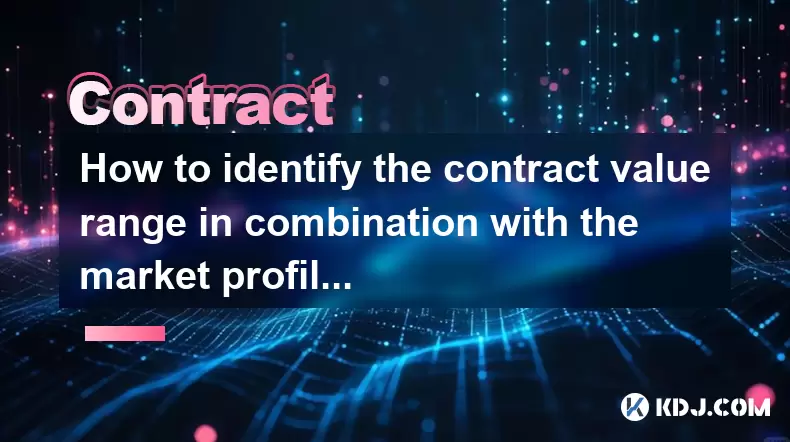
How to identify the contract value range in combination with the market profile?
Jul 02,2025 at 10:56pm
Understanding the Market ProfileTo effectively identify the contract value range in combination with the market profile, it's essential to first understand what each concept entails. The market profile is a framework that helps traders visualize how price and time interact across a given period, typically a trading day or session. It provides insights i...
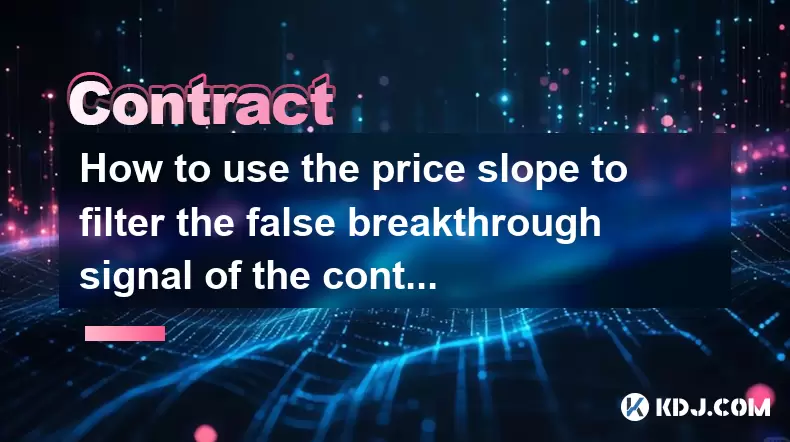
How to use the price slope to filter the false breakthrough signal of the contract?
Jun 20,2025 at 06:56pm
Understanding the Concept of Price Slope in Contract TradingIn contract trading, especially within cryptocurrency derivatives markets, price slope refers to the rate at which the price changes over a specific time period. It helps traders assess the strength and sustainability of a trend. A steep slope may indicate strong momentum, while a shallow slope...
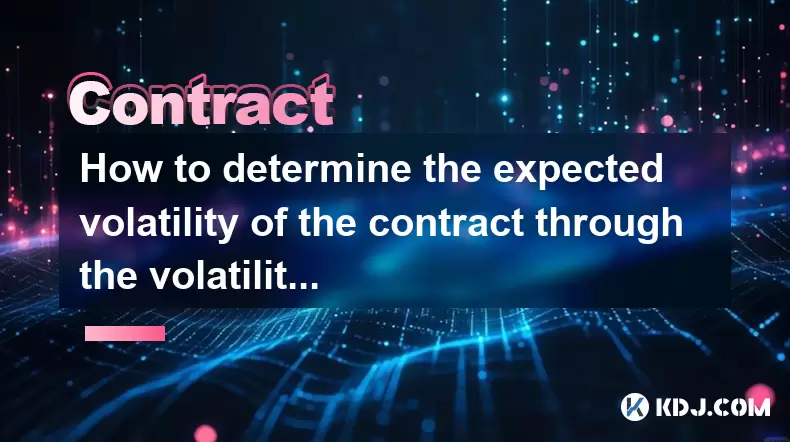
How to determine the expected volatility of the contract through the volatility cone?
Jun 19,2025 at 12:28pm
Understanding the Basics of Volatility in Cryptocurrency ContractsIn the realm of cryptocurrency trading, volatility is a key metric that traders use to assess potential risk and reward. When dealing with futures contracts, understanding how volatile an asset might become over time is crucial for position sizing, risk management, and strategy developmen...
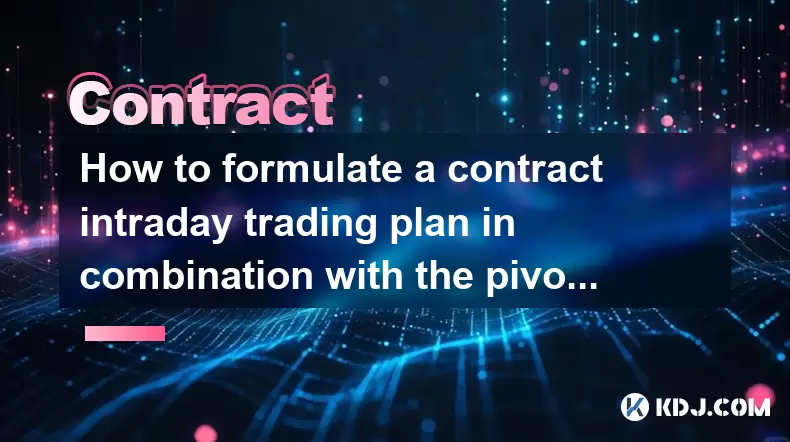
How to formulate a contract intraday trading plan in combination with the pivot point system?
Jun 21,2025 at 03:42pm
Understanding the Basics of Pivot Points in Cryptocurrency TradingPivot points are technical analysis tools used by traders to identify potential support and resistance levels. These levels are calculated using the previous day's high, low, and closing prices. In the context of cryptocurrency trading, where markets operate 24/7, pivot points help trader...
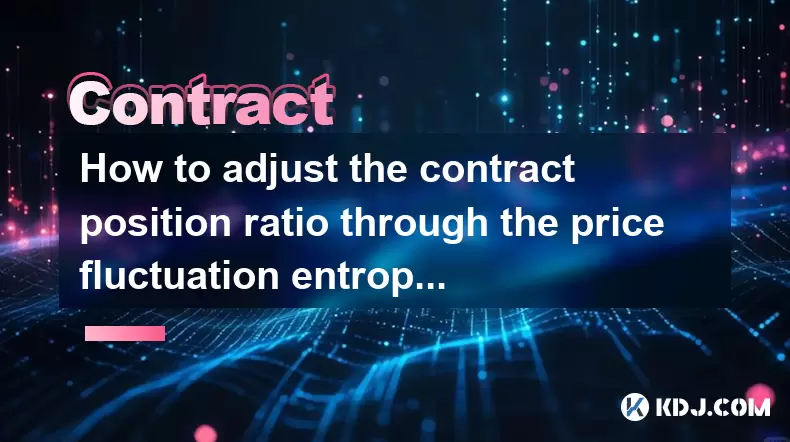
How to adjust the contract position ratio through the price fluctuation entropy?
Jun 22,2025 at 11:42am
Understanding Price Fluctuation Entropy in Cryptocurrency ContractsIn the world of cryptocurrency futures trading, price fluctuation entropy is a relatively new concept used to measure market volatility and uncertainty. It derives from information theory, where entropy refers to the degree of randomness or unpredictability in a system. In crypto contrac...
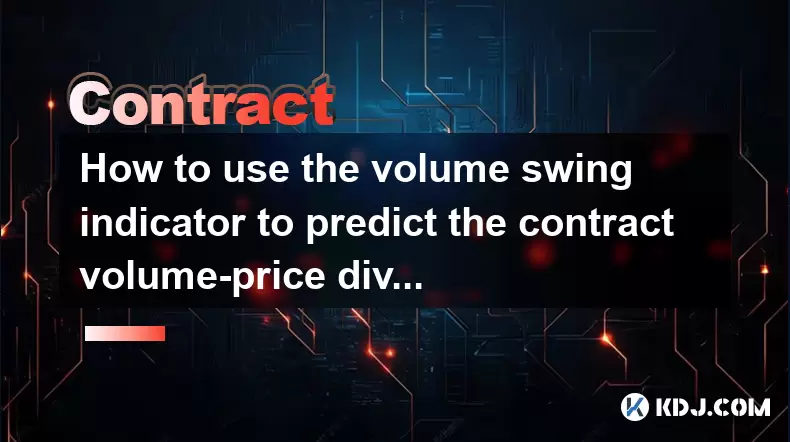
How to use the volume swing indicator to predict the contract volume-price divergence?
Jun 18,2025 at 11:42pm
Understanding the Volume Swing IndicatorThe volume swing indicator is a technical analysis tool used primarily in cryptocurrency trading to evaluate changes in volume over time. Unlike price-based indicators, this metric focuses solely on trading volume, which can provide early signals about potential market reversals or continuations. The key idea behi...

How to identify the contract value range in combination with the market profile?
Jul 02,2025 at 10:56pm
Understanding the Market ProfileTo effectively identify the contract value range in combination with the market profile, it's essential to first understand what each concept entails. The market profile is a framework that helps traders visualize how price and time interact across a given period, typically a trading day or session. It provides insights i...

How to use the price slope to filter the false breakthrough signal of the contract?
Jun 20,2025 at 06:56pm
Understanding the Concept of Price Slope in Contract TradingIn contract trading, especially within cryptocurrency derivatives markets, price slope refers to the rate at which the price changes over a specific time period. It helps traders assess the strength and sustainability of a trend. A steep slope may indicate strong momentum, while a shallow slope...

How to determine the expected volatility of the contract through the volatility cone?
Jun 19,2025 at 12:28pm
Understanding the Basics of Volatility in Cryptocurrency ContractsIn the realm of cryptocurrency trading, volatility is a key metric that traders use to assess potential risk and reward. When dealing with futures contracts, understanding how volatile an asset might become over time is crucial for position sizing, risk management, and strategy developmen...

How to formulate a contract intraday trading plan in combination with the pivot point system?
Jun 21,2025 at 03:42pm
Understanding the Basics of Pivot Points in Cryptocurrency TradingPivot points are technical analysis tools used by traders to identify potential support and resistance levels. These levels are calculated using the previous day's high, low, and closing prices. In the context of cryptocurrency trading, where markets operate 24/7, pivot points help trader...

How to adjust the contract position ratio through the price fluctuation entropy?
Jun 22,2025 at 11:42am
Understanding Price Fluctuation Entropy in Cryptocurrency ContractsIn the world of cryptocurrency futures trading, price fluctuation entropy is a relatively new concept used to measure market volatility and uncertainty. It derives from information theory, where entropy refers to the degree of randomness or unpredictability in a system. In crypto contrac...

How to use the volume swing indicator to predict the contract volume-price divergence?
Jun 18,2025 at 11:42pm
Understanding the Volume Swing IndicatorThe volume swing indicator is a technical analysis tool used primarily in cryptocurrency trading to evaluate changes in volume over time. Unlike price-based indicators, this metric focuses solely on trading volume, which can provide early signals about potential market reversals or continuations. The key idea behi...
See all articles

























































































